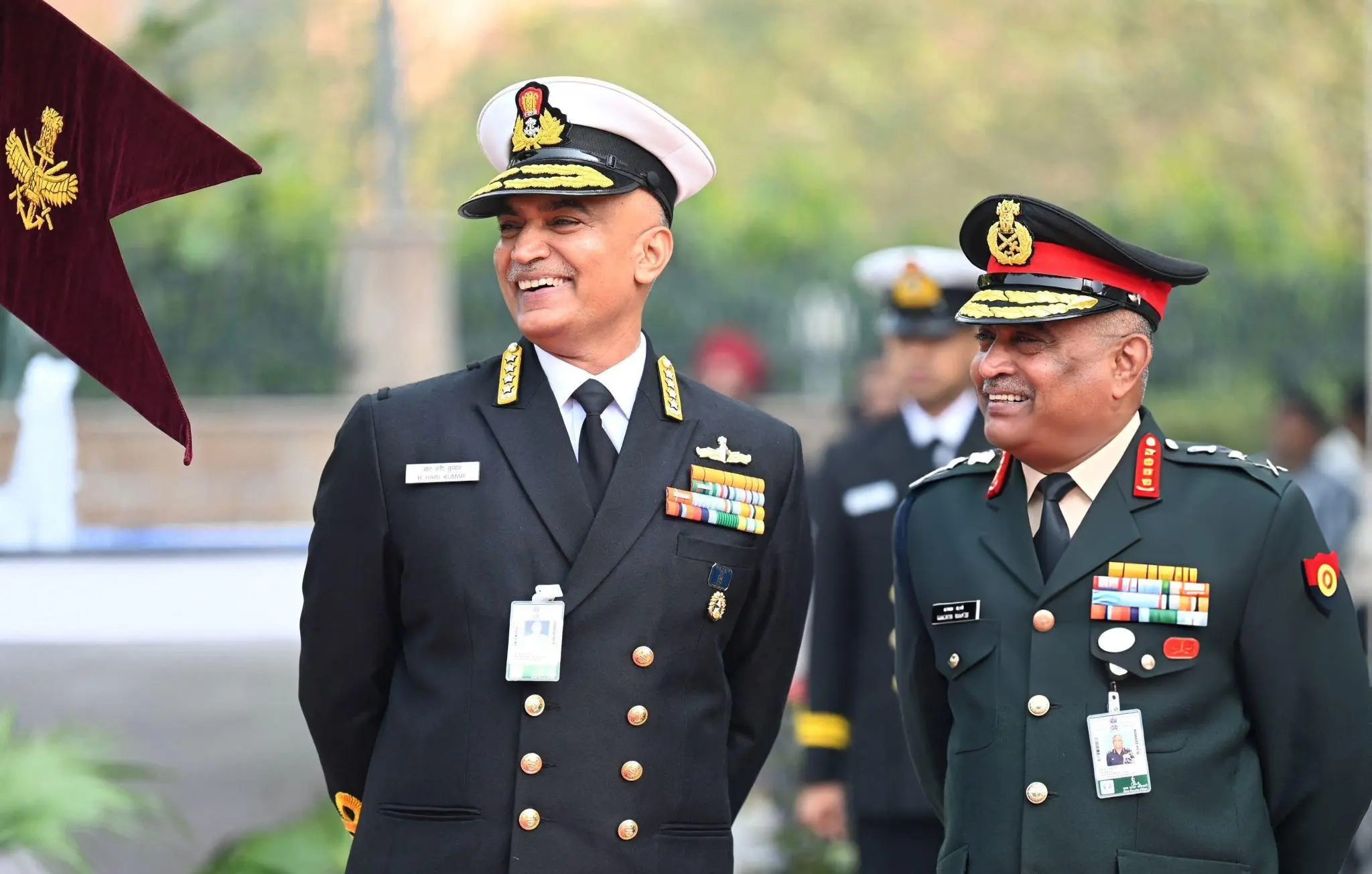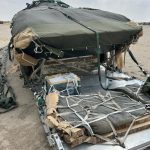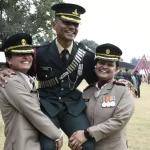When it comes to serving the nation and protecting its interests, the Indian Army and Indian Navy play vital roles. While both are part of the Indian Armed Forces, there are notable distinctions that set them apart. Understanding these differences is crucial for individuals aspiring to join the defense services. In this article, we will explore the contrasting features of the Indian Army and Indian Navy, highlighting their roles, training, operations, and more.
Roles and Responsibilities
Indian Army: Boots on the Ground
The Indian Army is primarily responsible for land-based operations. It is the largest component of the Indian Armed Forces and plays a pivotal role in safeguarding the nation’s territorial integrity. The Army is entrusted with various responsibilities, including counterinsurgency, border security, and maintaining law and order within the country. Its soldiers, also known as “jawans,” undergo rigorous training to face the challenges of ground warfare.
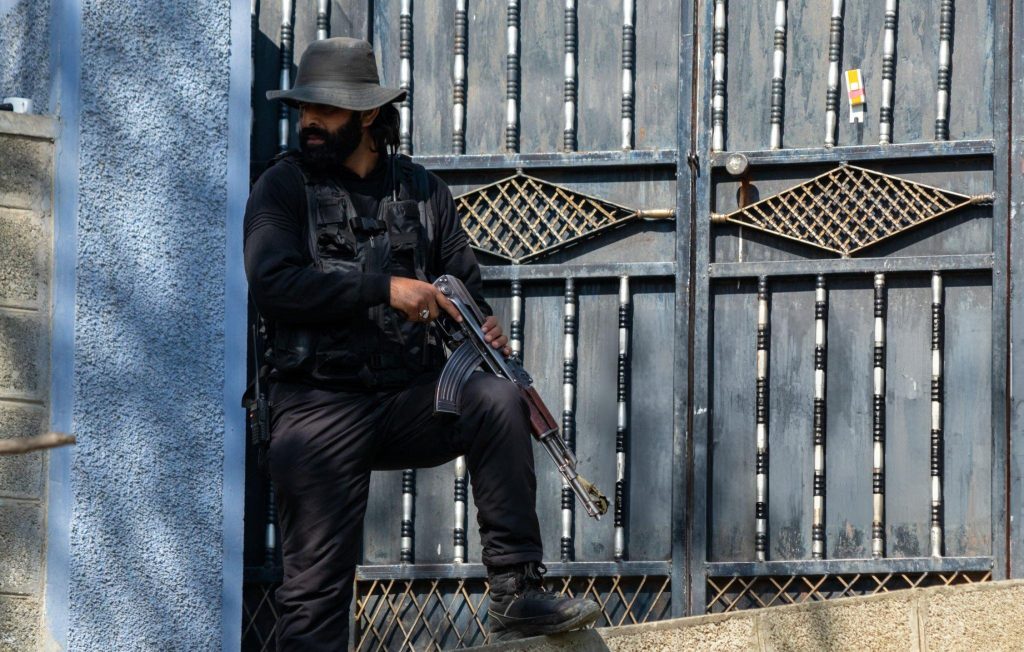
Indian Navy: Masters of the Seas
The Indian Navy, on the other hand, is responsible for safeguarding India’s maritime interests. It operates on the high seas, protecting the country’s coastline, maintaining sea lines of communication, and ensuring the security of vital sea-based trade routes. The Navy’s operations cover a wide range of areas, including surveillance, anti-piracy measures, disaster relief, and search and rescue missions. Naval personnel are trained to operate advanced warships, submarines, and aircraft carriers.
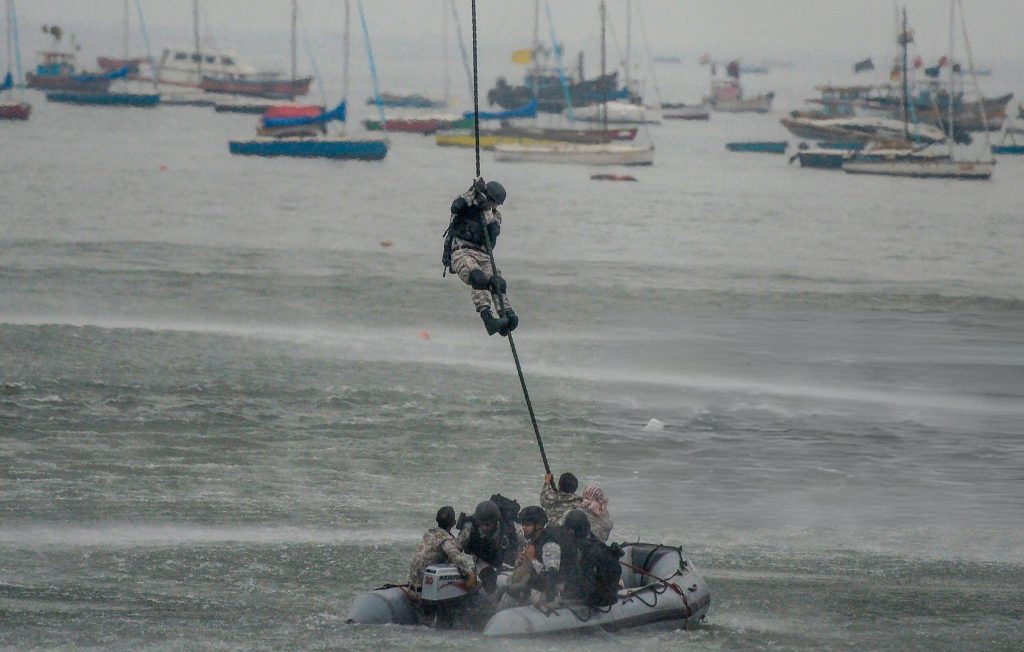
Training and Selection Process
Indian Army: Forging Warriors on Land
The Indian Army’s selection process is rigorous and thorough. It includes a written examination, physical fitness tests, medical evaluations, and personal interviews. Once selected, officer cadets undergo Basic Military Training (BMT) at various Army Training Centers (ATCs) across the country such at IMA, OTA Chennai, OTA Gaya. The training focuses on physical fitness, combat skills, weapon handling, and tactical operations. The Army also offers specialized training in various fields, such as infantry, artillery, armored warfare, and engineering.
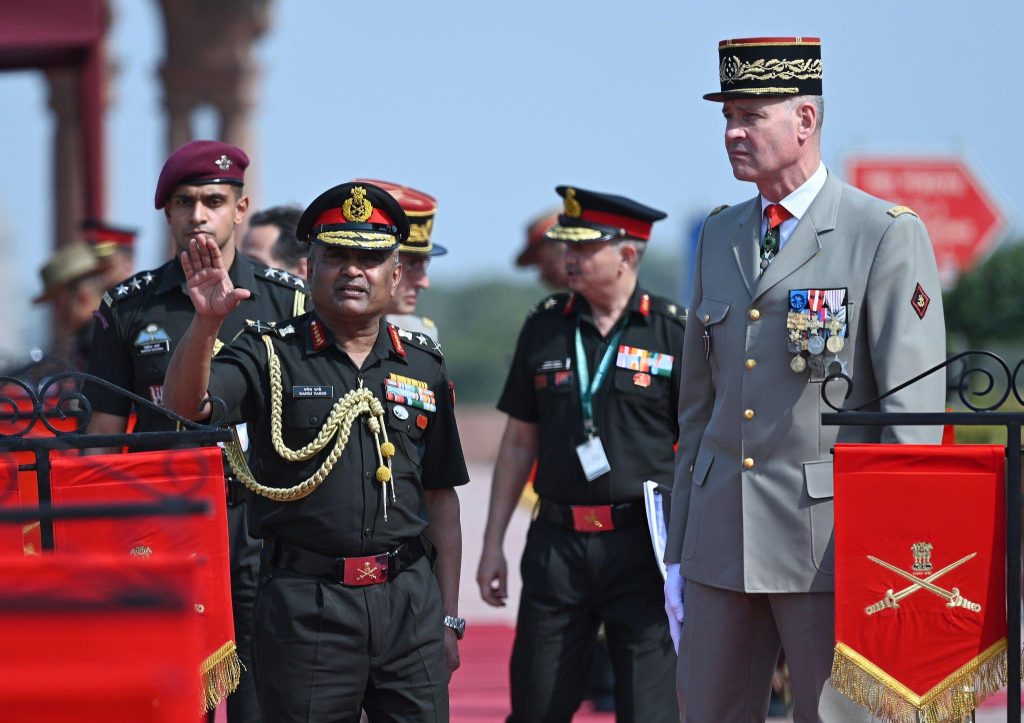
Indian Navy: Nurturing Seafarers with Specialized Skills
Joining the Indian Navy requires clearing a stringent selection process that includes written tests, physical fitness evaluations, medical examinations, and an interview. Upon selection, officer cadets undergo Basic Training at the Indian Naval Academy (INA) in Ezhimala, Kerala. This training instills discipline, physical fitness, and basic naval skills. After BMT, naval personnel undergo specialized training based on their chosen branch, such as the Executive Branch, Engineering Branch, or Aviation Branch.
Equipment and Operations
Indian Army: Firepower on Land
The Indian Army relies on a wide array of equipment tailored for land-based operations. It possesses an impressive arsenal of tanks, artillery guns, armored vehicles, and various small arms. The Army’s ground-based operations involve securing and defending key locations, conducting offensive maneuvers, and neutralizing threats on land. It has a robust logistics infrastructure to support its operations in diverse terrains, including deserts, mountains, and plains.
Indian Navy: Dominating the High Seas
The Indian Navy operates a formidable fleet of warships, submarines, and aircraft carriers. Its vessels are equipped with advanced weapon systems, radars, and communication technologies to ensure maritime superiority. The Navy’s operations include patrolling territorial waters, conducting surveillance, deterring piracy, and projecting power in the Indian Ocean Region (IOR). The Navy also plays a crucial role in humanitarian assistance and disaster relief operations.

Organizational Structure
Indian Army: Organized for Land Warfare
The Indian Army follows a hierarchical organizational structure. It is divided into various commands, each responsible for a specific geographical area or theater of operations. The Army’s structure comprises divisions, brigades, battalions, and companies, with officers and soldiers assigned to different units based on their specialization. This organizational setup enables effective command and control, ensuring smooth coordination during operations.
Indian Navy: Aflot and Ashore
The Indian Navy’s organizational structure is designed to cater to both shipborne and shore-based operations. It is organized into three commands: the Western Naval Command, the Eastern Naval Command, and the Southern Naval Command. Each command is responsible for a specific area of operations. The Navy’s organizational units include fleets, squadrons, flotillas, and naval bases. This structure allows for efficient deployment of naval assets and seamless coordination between different units.
Promotions and Career Progression
Indian Army: Merit and Seniority
The Indian Army follows a promotion system based on a combination of merit and seniority. Promotions are earned through a rigorous assessment process, including performance evaluations, professional development courses, and time in service. The Army provides ample opportunities for career growth, with personnel having the chance to rise through the ranks and assume higher command positions based on their abilities and achievements.
Indian Navy: Merit and Specialization
The Indian Navy also follows a promotion system that emphasizes both merit and specialization. Naval personnel are assessed based on their performance, professional qualifications, and specialized training. The Navy offers diverse career paths, allowing individuals to specialize in areas such as navigation, aviation, submarine operations, engineering, and logistics. Promotions are granted based on a combination of competency, leadership qualities, and time in service.
Conclusion: Serving the Nation with Distinction
In conclusion, the Indian Army and Indian Navy are two distinct branches of the Indian defense forces, each with its own unique roles, responsibilities, and operational domains. While the Army focuses on land-based operations, the Navy secures the nation’s maritime interests. Both branches offer rewarding careers, extensive training, and opportunities for personal and professional growth. Joining either the Army or the Navy is a noble endeavor, allowing individuals to serve the nation and contribute to its security with utmost dedication and valor.

